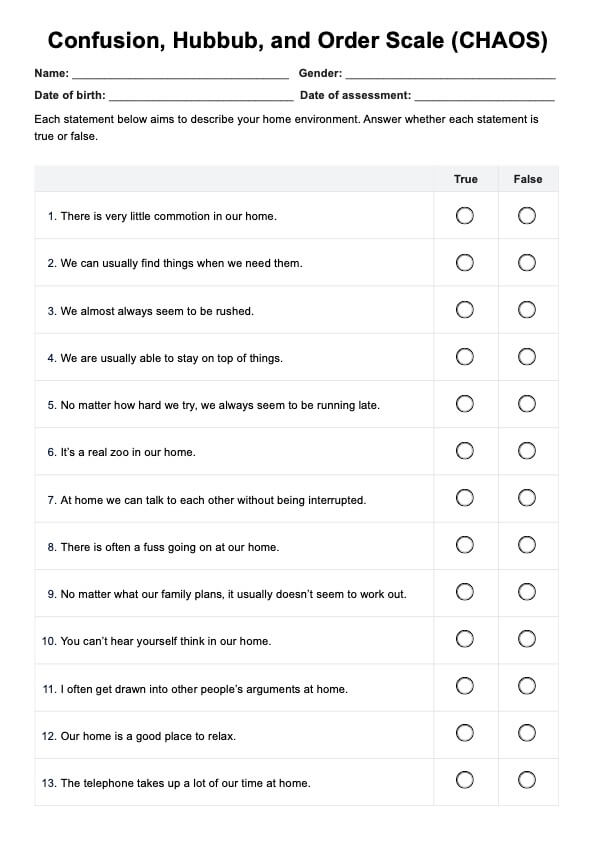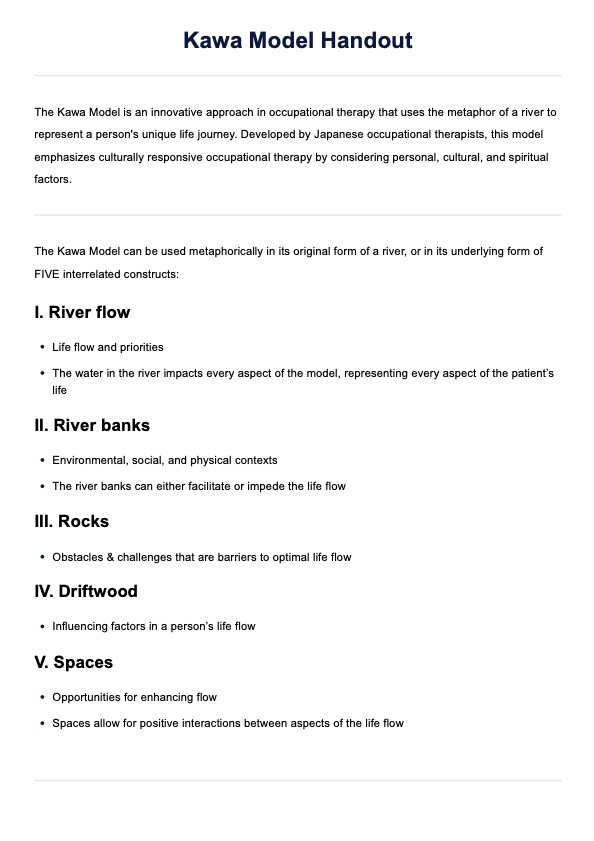Brachial Neuritis Exercises Handout
Discover our comprehensive Brachial Neuritis Exercises Handout for healthcare professionals. Download now to support patient recovery with targeted exercises.


What is brachial neuritis?
Brachial neuritis, or Parsonage-Turner syndrome, is a rare neurological condition characterized by the sudden onset of severe pain in the shoulder and upper arm, followed by muscle weakness or even paralysis in the affected arm. It results from inflammation of the brachial plexus—a network of nerves in the neck and shoulder that controls movement and sensation in the upper extremity. While its exact cause is often unclear, triggers may include autoimmune reactions, infections, trauma, or post-surgical complications.
Though there is no cure for brachial neuritis, the condition often improves on its own over several months to a couple of years. Treatment primarily focuses on pain management, typically using medications like NSAIDs or corticosteroids. If muscle weakness develops, physical therapy is commonly recommended to help restore strength, flexibility, and function in the affected arm.
Rehabilitation exercises also play a crucial role in the recovery process for brachial plexus injuries, helping to strengthen muscles, improve flexibility, and restore upper extremity function. These exercises aim to reduce pain, prevent stiffness, and enhance mobility in the affected arm.
Strengthening exercises target the muscles around the shoulder and upper arm, compensating for weakened or injured nerves and reducing strain on affected areas. Stretching exercises help maintain joint flexibility and prevent stiffness that could delay recovery. Occupational therapy may also be included to improve fine motor skills and support daily activities.
Brachial Neuritis Exercises Handout Template
Brachial Neuritis Exercises Handout Example
Exercises for brachial plexus injuries
Healthcare professionals can use the following exercises to assist patients with brachial neuritis in regaining strength, flexibility, and function in the affected arm. These exercises are tailored to maintain joint mobility, support nerve recovery, and improve overall upper extremity function.
1. Shoulder shrugs
Instruct the patient to sit or stand with their arms relaxed at their sides. Guide them to slowly lift their shoulders toward their ears and hold the position for 2–3 seconds. Then, have them slowly lower their shoulders back down. Repeat this exercise 10 to 15 times for 2 to 3 sets. Shoulder shrugs strengthen the trapezius muscles, helping improve shoulder stability and support.
2. Pendulum exercise
Have the patient lean forward slightly, using their unaffected arm to support themselves on a stable surface like a table or chair. Allow the affected arm to hang freely and encourage them to gently swing it in small circular motions, gradually increasing the size of the circles as comfort allows. Perform for 30 seconds to 1 minute, 2 to 3 times daily. This exercise promotes shoulder mobility and reduces stiffness.
3. Wrist flexion and extension
Position the patient’s forearm on a table with their wrist hanging off the edge, palm down. Instruct them to slowly bend their wrist upward, then downward, ensuring smooth and controlled movement. Repeat the motion 10 to 15 times for 2 to 3 sets. This exercise helps maintain wrist flexibility and strength, which may be affected by brachial neuritis.
4. Elbow flexion and extension
Have the patient sit with their affected arm supported on a table, palm facing upward. Instruct them to slowly bend their elbow, bringing their hand toward their shoulder. Hold for 2 to 3 seconds, then straighten the arm back down. Repeat 10 to 15 times for 2 to 3 sets. This exercise focuses on the biceps and triceps, essential for arm function.
5. Finger lifts
Ask the patient to place their hand flat on a table. Instruct them to slowly lift each finger individually and lower it back down. Next, have them touch their thumb to each fingertip in succession. Repeat each exercise 10 to 15 times for 2 to 3 sets. Finger exercises improve dexterity and help maintain fine motor skills.
These exercises should be introduced as part of a comprehensive physical therapy plan tailored to the patient’s symptoms and recovery progress. Consistent practice, combined with professional monitoring, can significantly aid in restoring the function of the affected arm.
How our Brachial Neuritis Exercises Handout works
Our Brachial Neuritis Exercises Handout provides a comprehensive and structured guide to help patients recover from brachial neuritis. The handout contains detailed, step-by-step instructions for each exercise, designed to support patients in maintaining range of motion, improving flexibility, and rebuilding strength in the affected arm.
Step 1: Download the handout
Begin by accessing the Brachial Neuritis Exercises Handout by clicking "Use template" for a version you can customize using the Carepatron app. For a PDF copy, you can immediately print and click "Download."
Step 2: Review the handout with the patient
Take time to review the entire handout with the patient. Explain the purpose and benefits of each exercise and how it contributes to their recovery. Ensure the patient understands the importance of performing the exercises regularly and correctly for optimal results.
Step 3: Explain each exercise
Walk the patient through each exercise, describing proper form and technique in detail. Use clear language to ensure the patient feels confident about performing the exercises independently. Highlight any key points to prevent further injury and ensure effectiveness.
Step 4: Demo the exercise as needed
Show the patient how to perform each exercise, demonstrating proper form and technique. Encourage them to observe carefully and ask questions if anything is unclear.
Step 5: Recommend exercise frequency and duration
Recommend a specific frequency and duration for each exercise, tailored to the patient's needs and recovery goals. Explain how often they should perform each exercise (e.g., daily or multiple times a week) and the recommended number of repetitions or time per session.
Step 6: Schedule follow-up appointments
Arrange regular follow-up appointments to monitor the patient’s progress. During these appointments, evaluate their improvement, make any necessary adjustments to their exercise program, and address any concerns or challenges they may face.
How will professionals benefit from using this handout?
Healthcare professionals will find the Brachial Neuritis Exercises Handout to be a valuable tool for enhancing patient care and improving rehabilitation outcomes. This resource provides a clear and structured framework for guiding patients through exercises designed to maintain range of motion, improve flexibility, and restore strength in the affected arm. With detailed, step-by-step instructions, the handout helps standardize care, ensuring patients receive consistent and evidence-based guidance.
The handout is particularly beneficial for streamlining patient education. By providing a comprehensive reference for exercises, professionals can save time during appointments, allowing more focus on addressing individual patient needs and tailoring treatment plans. It also empowers patients to actively engage in their recovery, fostering adherence to prescribed exercises and promoting better outcomes.
Commonly asked questions
Common symptoms of a brachial plexus injury include burning pain in the shoulder or upper arm, weakness, or loss of muscle strength in the affected arm, and difficulty with shoulder adduction or forearm movement. Patients may also experience neck pain or symptoms resembling cervical radiculopathy.
Physical therapy is essential for restoring upper extremity function and improving strength after a brachial plexus injury. Therapists use a combination of active and passive range of motion exercises, joint mobilization, and manual therapy to maintain flexibility, reduce pain, and prevent muscle loss. Strengthening exercises target the rotator cuff, shoulder muscles, elbow, and forearm to rebuild muscle function and support nerve repair.
Surgical intervention may be required for severe brachial plexus injuries, especially when the injured nerve fails to recover on its own or involves severe nerve root avulsion. Surgical procedures such as nerve grafting, nerve transfers, or direct nerve repair aim to restore nerve function, reduce pain, and prevent further muscle atrophy.














-template.jpg)























































































